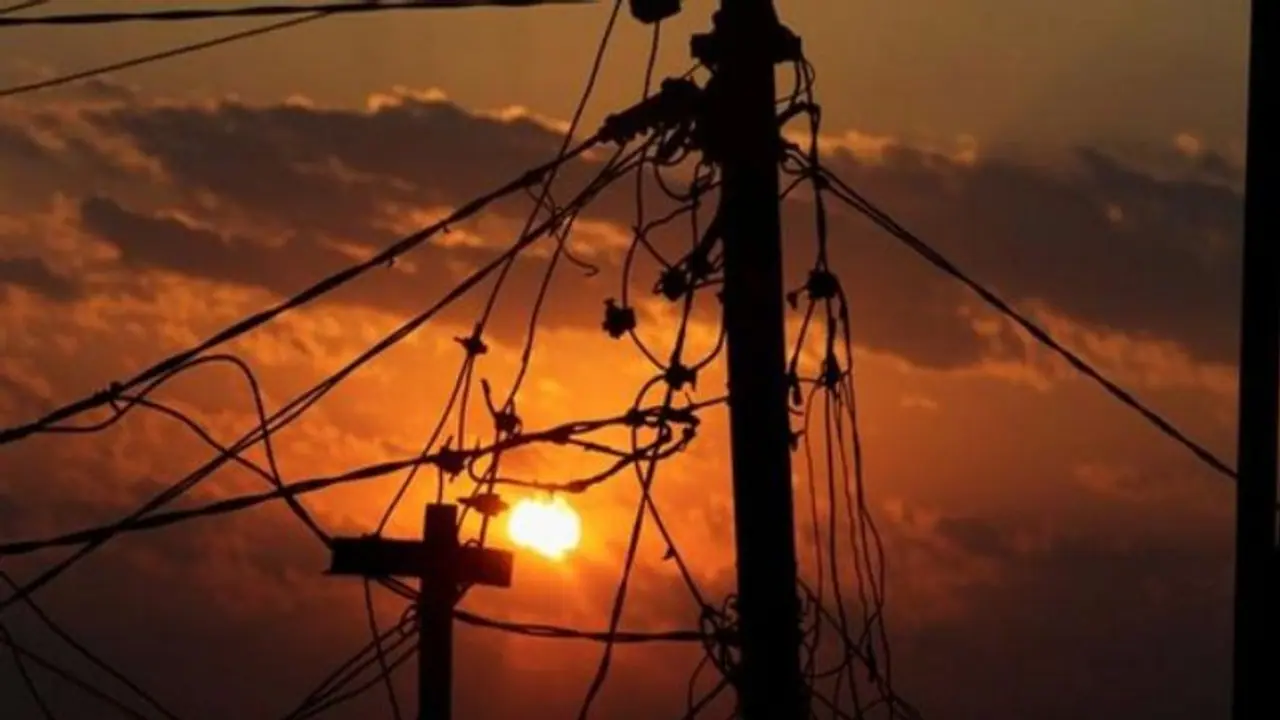India’s grid reported a record load of 200,570 megawatts (MW) on July 7, 2021, at the height of last summer, according to the National Load Despatch Centre of the Power System Operation Corporation (POSOCO), Reuters reported.
India faces a constant shortage of electricity over the next four months as rapid demand growth from air conditioners and refrigeration loads overwhelms the available generation on the network. India’s grid reported a record load of 200,570 megawatts (MW) on July 7, 2021, at the height of last summer, according to the National Load Despatch Centre of the Power System Operation Corporation (POSOCO), Reuters reported.

Since the middle of March, the grid has routinely reported maximum loads above 195,000 MW, including a peak of 199,584 MW on April 8 – less than 0.5 per cent below the record. During the evening peak, when there is no solar generation available and supplies are even more stretched, loads have hit record levels in recent weeks.
Exceptionally high loads have arrived far earlier this year, well before the most intense period of summer heat, implying the grid is in trouble, Reuters reported.
In a symptom of the struggle to meet demand, the grid's frequency has faltered since mid-March, dropping persistently below target, with longer and more severe excursions below the safe operating range, the report added.
Chronic under-frequency is a sign the grid cannot meet the full demand from customers and makes planned load-shedding or unplanned blackouts much more likely.
India has a frequency target of 50.00 cycles per second (Hertz), with grid controllers tasked with keeping it steady between 49.90 Hz and 50.05 Hz to maintain the network in a safe and reliable condition.
Grid controls begin to disconnect some loads automatically if the frequency slows to 49.2 Hz with further load shedding at 49.0 Hz, 48.8 Hz and 48.6 Hz (“Review of the Indian electricity grid code”, 2020).
In addition, relays in the grid’s northern and western regions are armed to disconnect load automatically if frequency falls too quickly and drops below 49.9 Hz, while relays in the south are armed to start load shedding at 49.5 Hz.
But frequency has been below targeting so often for so long in recent weeks it has sometimes appeared the system has been forced to operate according to a much lower informal target owing to inadequate generation.
Since the middle of March, frequency has averaged just 49.95 Hz and has been below the lower operating threshold of 49.90 Hz more than 23 per cent of the time.
On April 7, average frequency fell as low as 49.84 Hz and was below the lower threshold for 63 per cent of the day, according to data from POSOCO.
Meanwhile, Power producers’ coal inventories remain very low, limiting their ability to run coal-fired units at full capacity to meet demand.
Grid-connected generators hold coal stocks equivalent to less than 9 days worth of consumption compared with 12 days at the end of April 2021 and 18 days in 2019.
Inventories have not really recovered since falling to a critical low of just 4 days at the end of September 2021, when fuel shortages resulted in widespread power cuts.
Rapid growth in electricity demand ensured fuel consumption stayed strong during the traditional winter stock building period while high coal prices also discouraged restocking.
India’s rail ministry announced on April 12 that coal from domestic mines and import terminals will be prioritised on the rail network through the end of June to try to increase stocks.
But the very low level of coal stocks at power plants at the start of the maximum annual demand period indicates power shortages are more or less inevitable over the next few months.
